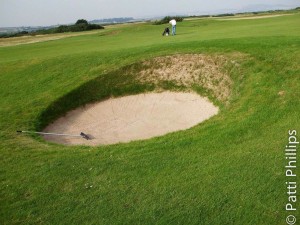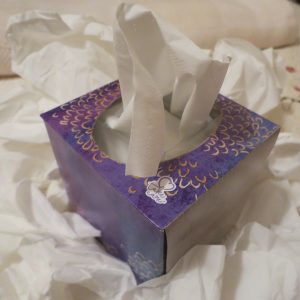KN, p. 267 “Thankful in a Challenging Time”
Some years are better than others, that’s the pattern of life. 2020? Without any hesitation, 2020 should be buried in a deep, dark hole somewhere and forgotten for all time. 36 days to go.
Sheila and I have always enjoyed our gatherings with family and friends, and as you are aware, most of the recipes and posts during the last nine years have been generated because of those gatherings, whether professional or personal. But, the last eight months have been a blur of cancellations of conferences, events, and people scrambling to make sense of life in the USA and the world, as the Pandemic and politics became the overriding daily themes. We couldn’t turn on the TV, listen to the radio, or open a newspaper without those two topics jumping into the forefront.
So, how can we be thankful for anything except each other? That’s a biggie, for sure, to know that you can count on your nearest and dearest to help and support you whenever you need them, to share both the pain and the joy.
We might be stretching our thankful list this year, but I have to believe that the only way we’ll get through this is to find the silver lining in as much as possible during the truly weird times.
- We are thankful that we met a wonderful Orthopedic Surgeon who took over Sheila’s case when her recovery wasn’t going well. He truly listened and made significant adjustments to her rehab.
- We are thankful for her marvelous PT guy. Because of him, she was able to walk 2 miles yesterday without her crutch. She’s tired and sore, but she did it!
- The bats are still in the attic because the bat guy was in a car accident. We are very thankful that he’s fine. He’s looking for a new car and the bats are okay up there until he does.
- The washing machine died. A crazy series of events led us to having to do the wash in a too-small sink for three weeks, rather than getting the new washer two days after ordering it, as promised. Our thankful moment? We got a washer upgrade for our troubles, for no more money.
- We are thankful for the best plumber in the business. We’ve used him for 14 years for all our plumbing needs, and that tells you something.
- We are thankful that we each tested negative for Covid. Bridget, too.
- I am REALLY thankful that the new car dealer is cooperating and that a file has been started at Corporate. There may be a recall of the car on one of the issues. We’re not crazy for pointing out the concerns, and now they know it as well.
- We are thankful that we can make a living that pays the bills.
- That new roof is still sound, even after hailstorms and windstorms, and more rain in three days than we’ve seen sometimes in an entire summer.
- We are thankful for GoToMeeting, an oldy-but-goody secure system for meeting visually online. We’re going to try cooking with pals this weekend through the magic of cyberspace and laptops.
- We are thankful for phone calls, texts, and messages with family and friends, both near and far. They make the weirdness bearable.
- We are thankful that the anti-erosion system (the front gardens and new stonework) are holding through all the storms.
- I’m thankful for all our books and time to read them. We’ve visited places in them that we can’t go to IRL right now, but we’re making a list for the future.
- We are blessed to have this marvelous Kerrian community. We have come to know many of you personally and it always brings smiles to our hearts whenever we make that connection.
Life will return to normal, with jammed concerts, crowded conferences, full stadiums, big parties, open nursing homes, full churches, in-person book signings, noisy restaurants, real vacations here and abroad, visits with the grandchildren, and hugs of a dear friend – some day.
Keep the faith, wear the masks, wash your hands, and stay six feet apart from people not in your tribe, and we’ll get there. We’re ever hopeful.
Happy Thanksgiving, one and all!
KN, p. 267 “Thankful in a Challenging Time” Read More »



